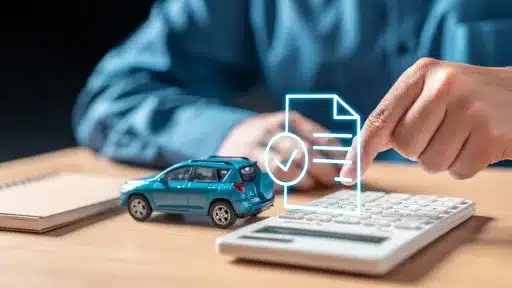Understanding what does gap insurance cover is crucial in today’s financial landscape, where vehicle loans and leases are increasingly common. With cars depreciating rapidly, many drivers find themselves owing more than their vehicle’s worth if totaled or stolen. Gap insurance bridges this costly gap, offering vital protection that can save you from significant financial loss.
What Does Gap Insurance Cover? An Essential Overview
Gap insurance, also known as Guaranteed Asset Protection, is designed to cover the “gap” between the actual cash value (ACV) of your vehicle and the remaining balance on your auto loan or lease.
This type of insurance is particularly important because cars depreciate quickly — the moment you drive off the lot, your vehicle’s value declines sharply. However, your loan or lease payments remain based on the original purchase price, creating a gap that traditional insurance policies do not cover.
Key Coverage Areas
Generally, gap insurance covers these scenarios:
- Vehicle Total Loss: If your vehicle is declared a total loss due to an accident or theft, gap insurance pays the difference between your insurer’s payout (based on your car’s depreciated value) and the amount you still owe.
- Loan or Lease Payoff: It covers the remaining loan or lease balance after your primary insurance payout.
- Theft Protection: In case your vehicle is stolen and not recovered, gap insurance helps cover the outstanding loan balance after your insurer’s payout.
What Gap Insurance Does Not Cover
It’s equally important to understand what gap insurance typically does not cover:
- Regular maintenance or mechanical breakdowns.
- Damage not resulting in total loss, such as minor accidents or repairs.
- Loan payments after your vehicle is repossessed for non-payment.
- Other non-vehicle debts or fees such as extended warranties or insurance premiums.
When Is Gap Insurance Most Beneficial?
Gap insurance is especially valuable in certain financial situations, including:
- Leasing a Vehicle: Since leases require returning the car in good condition or paying fees, gap insurance protects your finances in case of total loss.
- Low Down Payment or Zero Down: Financing a vehicle with little to no down payment increases the risk of owing more than the car’s current value.
- Long-Term Loans: Loans extended over many years often mean slower equity buildup and greater potential gaps between value and loan balance.
Additional Considerations
Before purchasing gap insurance, consider the following:
- Check Your Primary Insurance: Some insurers include gap coverage in their policies or offer it as an add-on.
- Financing Terms Matter: Understanding your loan or lease details can help you assess whether gap insurance is necessary.
- Cost vs. Benefit: Gap insurance is usually affordable compared to the potential financial risk it mitigates.
Conclusion: Why Knowing What Does Gap Insurance Cover Matters
In an era where vehicles depreciate rapidly and auto loans often extend beyond the car’s value, knowing what does gap insurance cover is essential to protect your financial security. Gap insurance offers peace of mind by covering the difference between your vehicle’s worth and your loan balance in events of total loss or theft, preventing unexpected out-of-pocket expenses.
If you’re leasing a vehicle, financing with a low down payment, or using a long-term loan, gap insurance can be a smart investment. Taking the time to understand this coverage ensures you won’t be caught off guard by costly gaps in your auto insurance protection.


